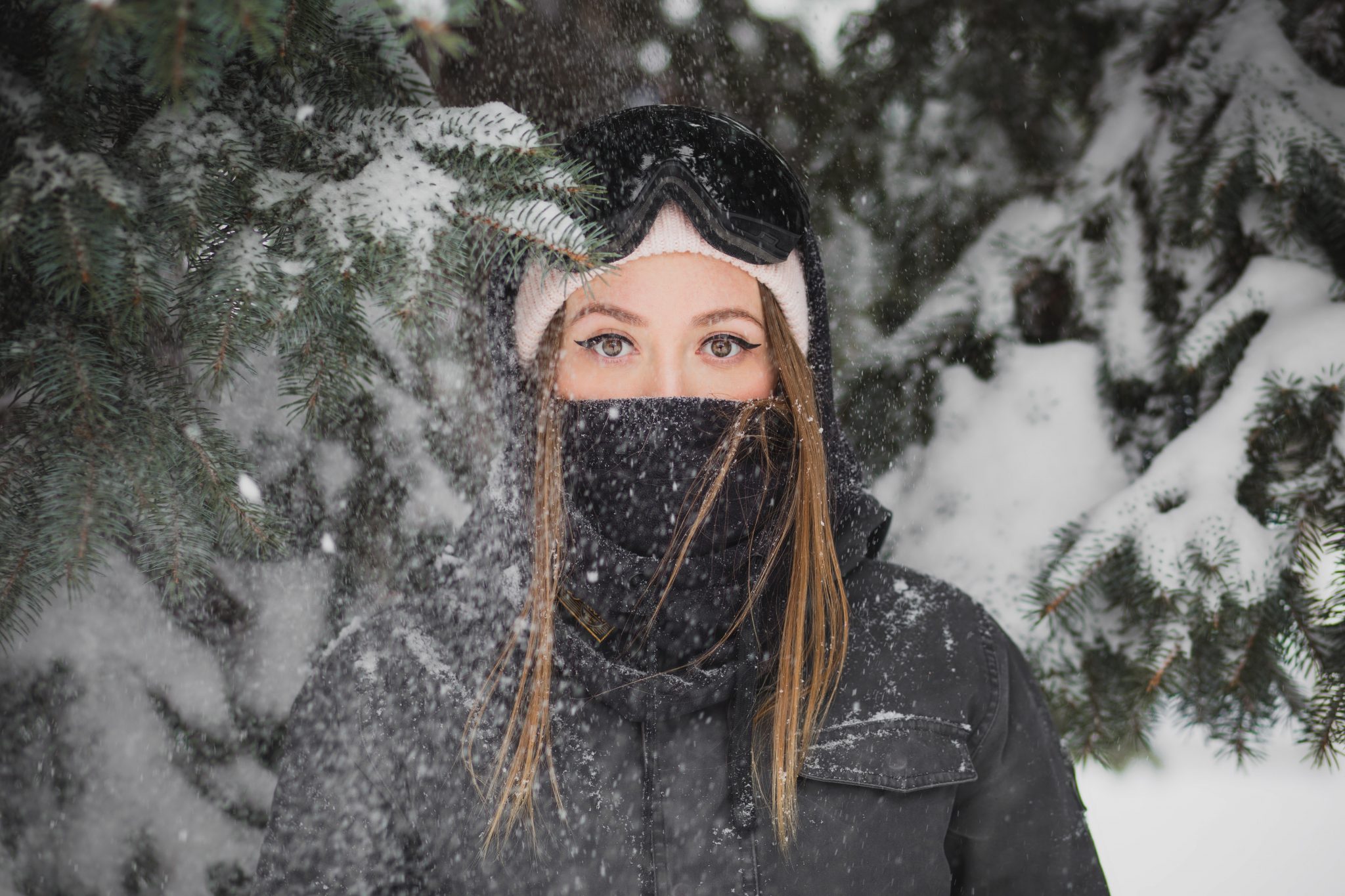Thanks to the influx of content creators with channels wholly dedicated to skincare, it’s great to see a new generation of Aussies that truly recognise the importance of wearing SPF.
However, there’s still a serious lag when it comes to realising the importance of donning a pair of sunglasses. New research conducted by Optometry Australia has revealed that over a quarter (36%) of Australians don’t own a pair of protective UV sunglasses and 8% are unaware if their sunglasses are UV protective at all.
Sunscreen and sunglasses both offer great protection against sun damage, yet the former is often seen as more necessary when they are equally important.
Let’s break down why ignoring sunglasses can be dangerous for your eye health:
- Cataracts – this a condition when your eye’s lens becomes cloudy. Cataracts form over time, but they can be made worse by chronic exposure to the sun’s UV rays.
- Pterygium – a fleshy, benign growth on the white part of the eye. The longer you are exposed to UV, the higher your risk is of developing a pterygium.
- Macular degeneration (AMD) – damage to the retina that destroys central vision. Some researchers believe that over-exposure to sunlight may contribute to the development of AMD.
- Cancer – skin cancers around the eyelid margin or conjunctiva as a result of UV exposure.
How to choose the right sunglasses
With vintage trends causing many of us to dust off our favourite pair of sunnies (or purchase new ones!), it’s important to understand just how protective your sunnies are against the sun’s harmful UV rays. This also goes for the colder months – UV radiation can cause damage all year round.
Here are some things to consider the next time you grab your sunglasses:
- Do they meet the Australian standard?
The mandatory standard specifies that sunglasses and fashion specs must fall within one of five categories (from 0-4).
Categories 0 and 1 are classed as fashion spectacles, not sunglasses, and provide little to no protection against UV. Categories 2 and 3 are recommended for everyday wearers as they provide medium and high protection against sun glare respectively. Category 4 sunglasses are special purpose lenses reserved for extreme glare scenarios such as skiing and mountain climbing.
Pro tip: if you’re unsure of which to choose, an optometrist can best advise you on picking the right pair to fit with your lifestyle.
- Are they polarised?
If you find that you’re fighting a losing battle against the bright Australian sun, then you might consider a pair of polarised sunglasses. These types of lenses have a chemical coating that filters out horizontal light and cuts through glare that bounces off reflective surfaces such as water. This can make some activities, such as driving and fishing, much more enjoyable.
- If you have a prescription, visit an optometrist
Did you know that most sunglass lenses can be replaced with prescription ones? When you visit your local optical store, you even have the option of adding extras to your lenses – such as anti-glare coatings, polarisation, tint customisation and more. What’s more, you can claim prescription sunglasses on your private health insurance if you have optical cover.
- Price doesn’t equal quality
Good news: you don’t need to forego the cheaper options! As long as your sunnies meet the Australian standard, provide adequate (at least 99%) protection against UVA and UVB rays and fit you comfortably, they are just as effective as the pricier ones on the market. In saying that, if you take good care of your sunglasses, a quality pair can last you a long while so there’s no guilt in splashing that extra cash on them if you can and want to. As long as you remember that sunglasses sit on your nose (and not your head!), then you’re good to go.
- What state are your sunglasses in?
Scratches on lenses can diminish its quality and render it less effective over time. If this is the case with your current sunglasses, it might be time to consider a new pair. The best place to find a good pair of sunglasses that meet the above criteria is your local optical store.
If you need more advice on sun safety and UV protection for your eyes, you can use our search tool to visit your local optometrist now.






